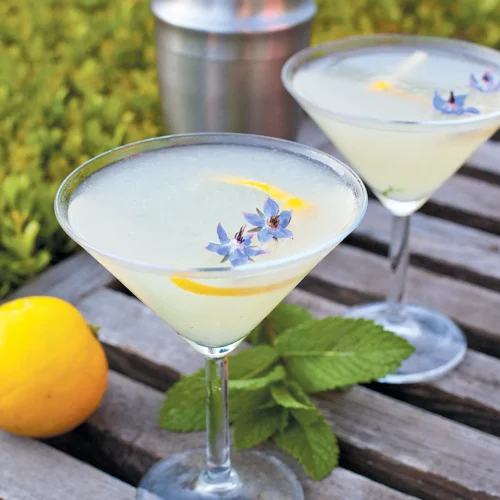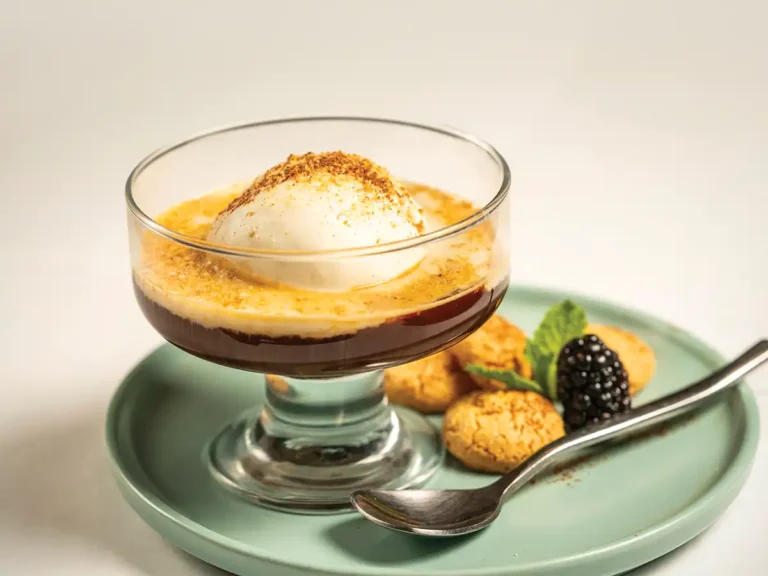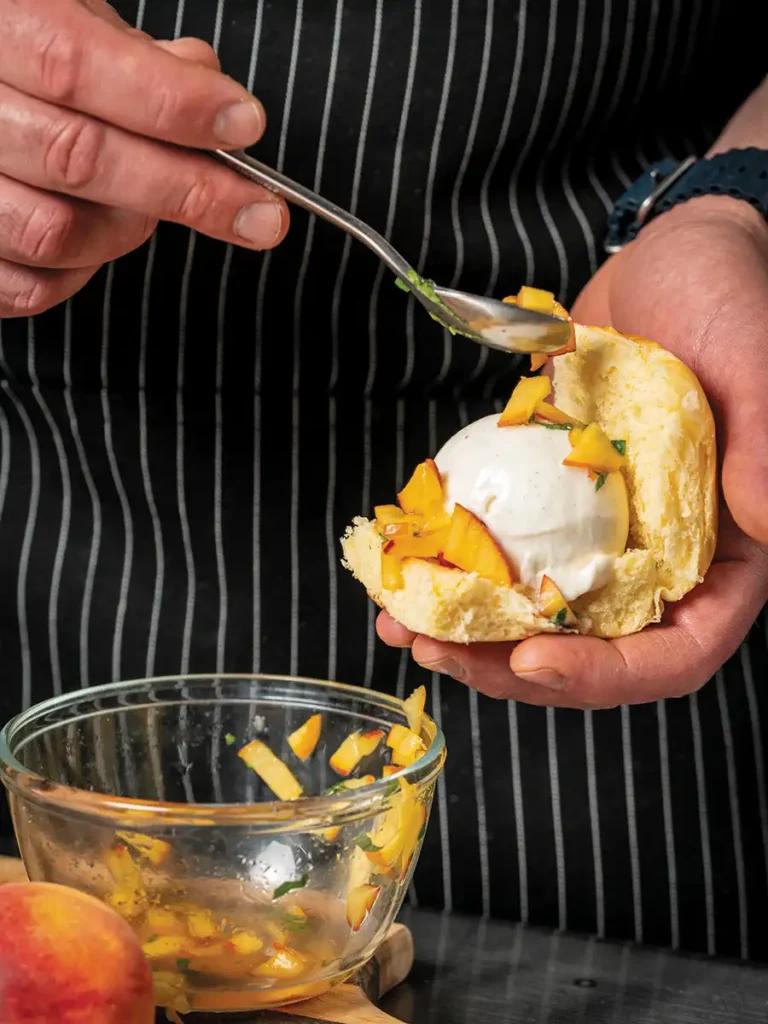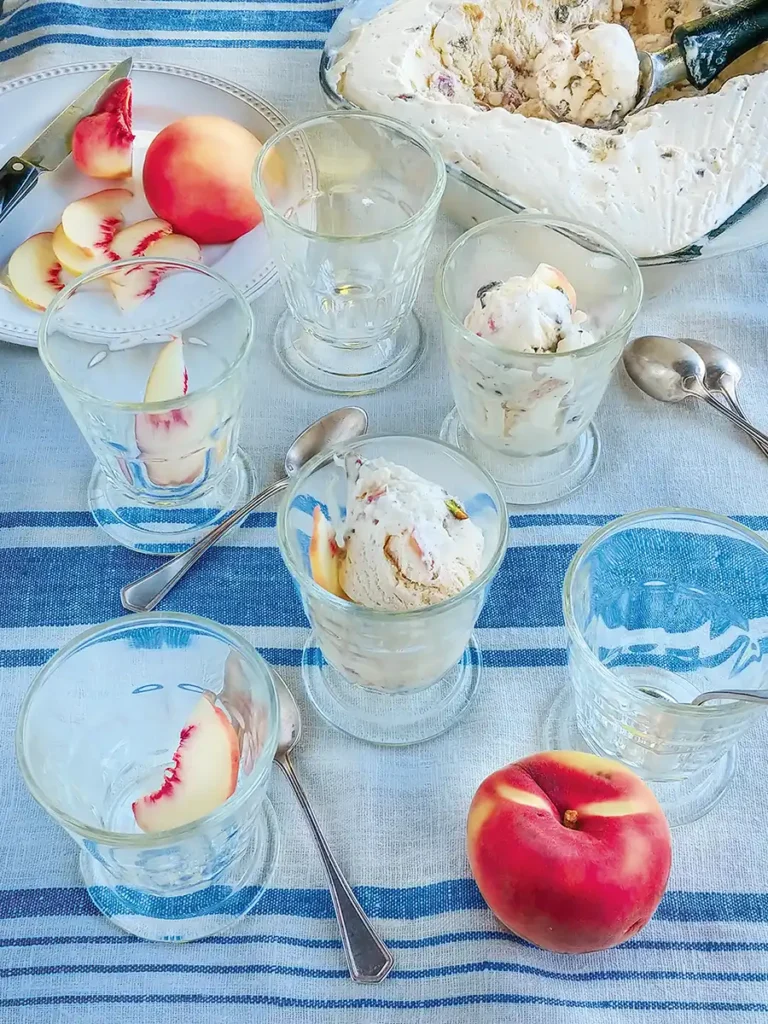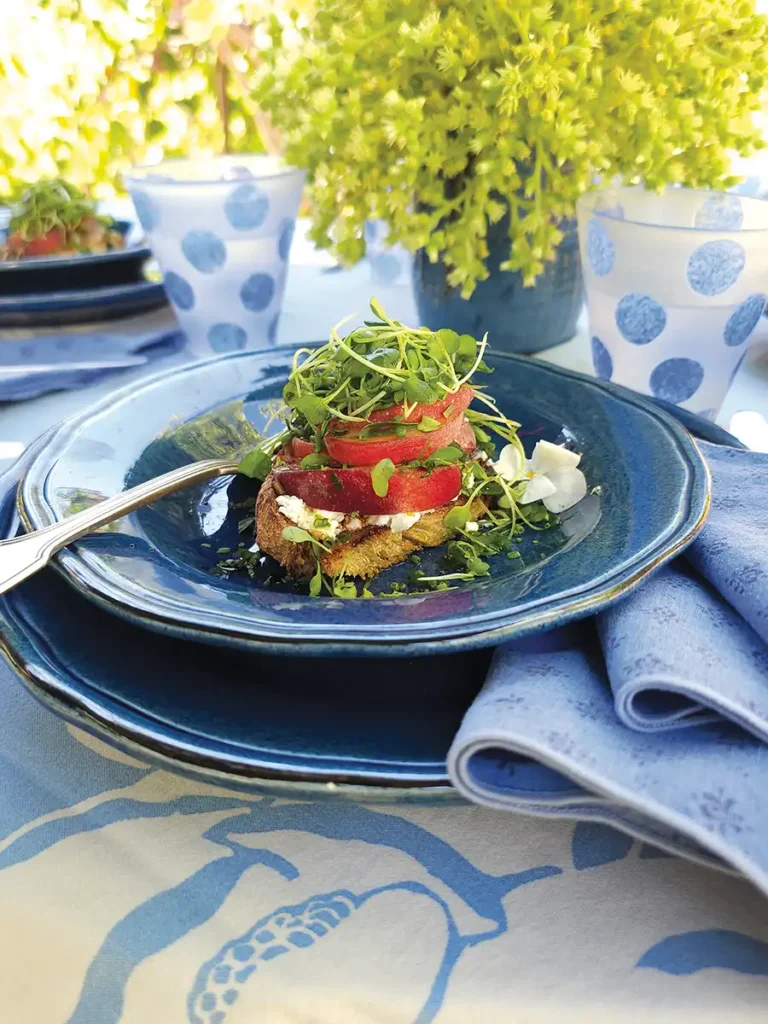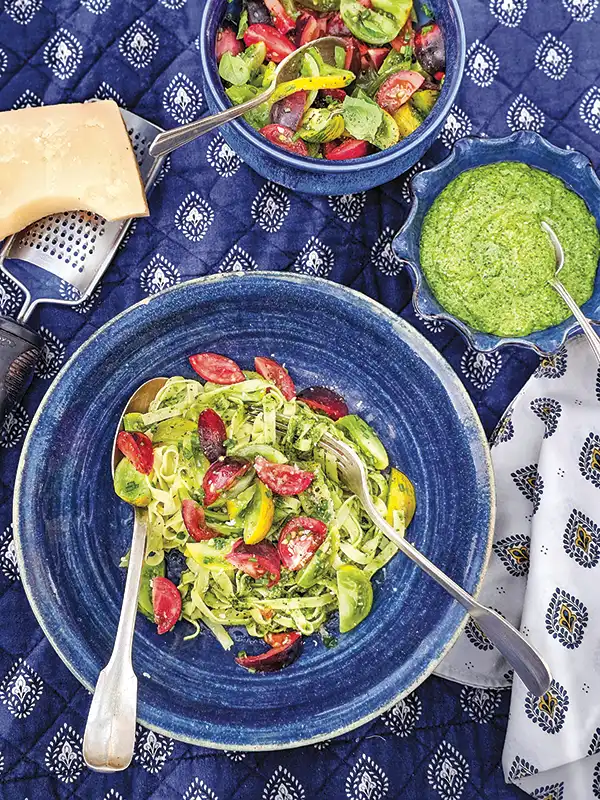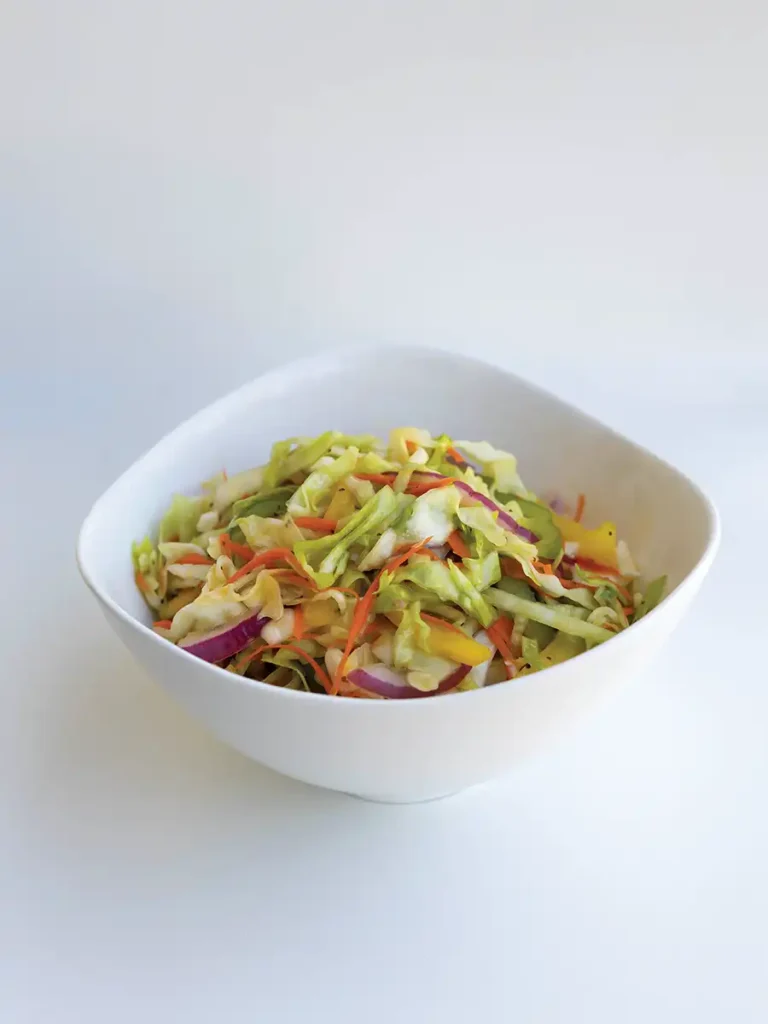All the Rage
The Courage to Garnish with Borage
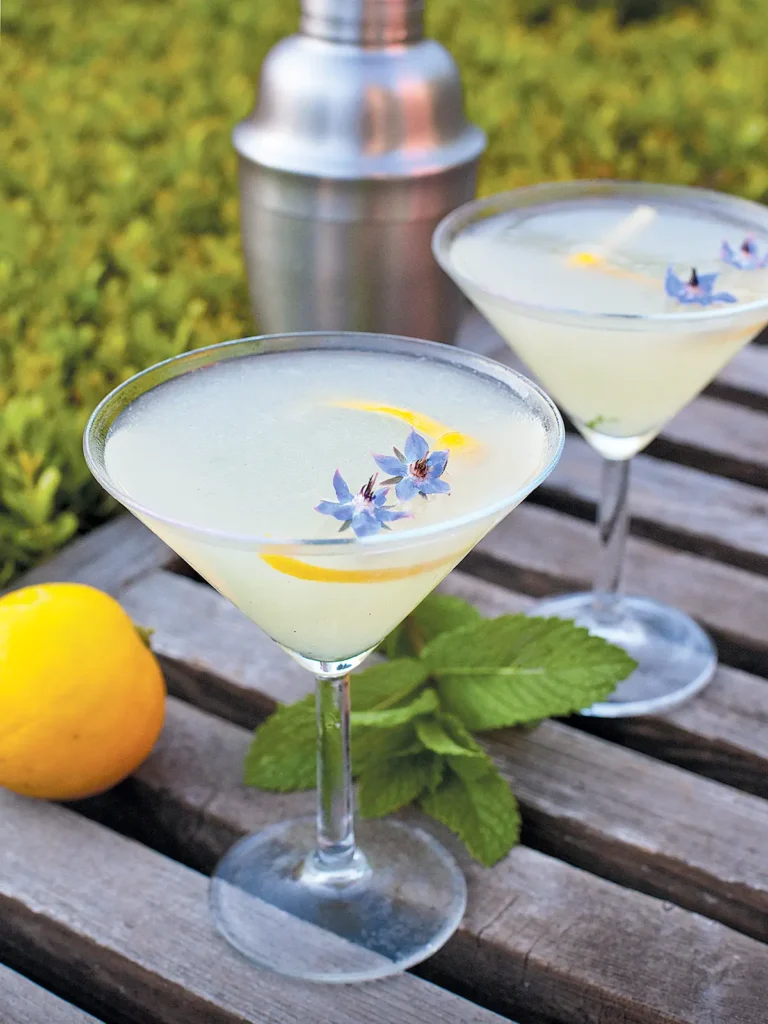
While many of us might hope to grow at least some of our own food, that’s often hard for a host of reasons. After all, some don’t even have a yard in which to garden. That’s where growing things to use for drinks is wonderful—you need a smaller amount of any ingredient to still make something pleasing.
As a gardener you might grow what appears to be a lot of plants, but instead of harvesting bushels full of favas, you instead find you have only enough to feed four for two dinners. Fortunately, with cocktails, your herbs, fruits and flowers last a lot longer. You can even grow enough usable stuff from a window box. Even better, it takes only a few minutes to shake up a cocktail, so the return on your garden investment is quick, too.
For summer, one fun ingredient to play with is borage, often called the starflower because of its five pretty pointy petals, generally a vivid blue (yes, borage is a true blue food). It’s an annual, and almost too easy to grow—it will take over a garden if you let it, happily reseeding itself. But well tended and pruned, it also makes your garden better as bees love it and it’s a fine companion plant, repelling tomato hornworms and helping legumes. So while you drink this cocktail, you’re actually making your garden grow.
Borage can either be good for you—offering anti-inflammatory qualities and relief for PMS—or bad for you—potentially damaging your liver (but you’re drinking anyway, so moderation, my friend)—depending on whom you believe or what part you eat. Most sources find the flowers safe, the leaves not so much.
I’m not trying to be evasive, here—there seems to be no consensus on the web. Still, people have been enjoying borage since the Middle Ages, and along the Ligurian coast in Italy it’s a favorite herb for stuffing pasta. Even more simply, the flowers make attractive additions to salads; try the blue with poppingly bright red-orange nasturtium for a rainbow wealth of flowery flavor.
The blooms certainly make a beautiful addition to a drink, and even add a bit of a cucumber taste, so they aren’t merely ornamental. Pimm’s, the English liqueur, once was made partially from borage flower for that cucumber flavor. You’ll find borage as part of tonier cocktail programs when the person behind the bar is no mere bartender, but rather a mixologist. Scott Beattie at Cyrus in Healdsburg, author of Artisanal Cocktails, likes to play with borage, for example. At the very least the flowers are certainly gin friendly, especially if you drink the cucumber-infused Hendrick’s, and they make an unusual martini garnish.
Even better, the following cocktail recipe gives you a chance to show off more items from your own yard, so as you imbibe, you can extol the glories of the drinkable landscape to your friends. Mint is another dangerous plant—that is, if you want something besides mint throughout your garden. So you might as well harvest it, and put it to use. If you’re lucky enough to have citrus trees, lemons can be in season off and on all year, depending upon the age of your tree. For cocktails, Meyer lemons (really a cross between a lemon and an Mandarin orange) are preferred if you can get them, since they are sweet for a lemon, often saving you from needing to add simple syrup to your drinks Let me introduce to you, then, to the All the Rage Cocktail.

